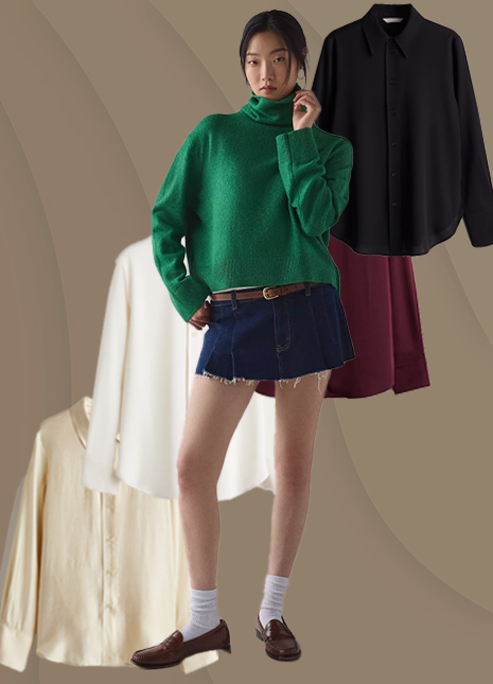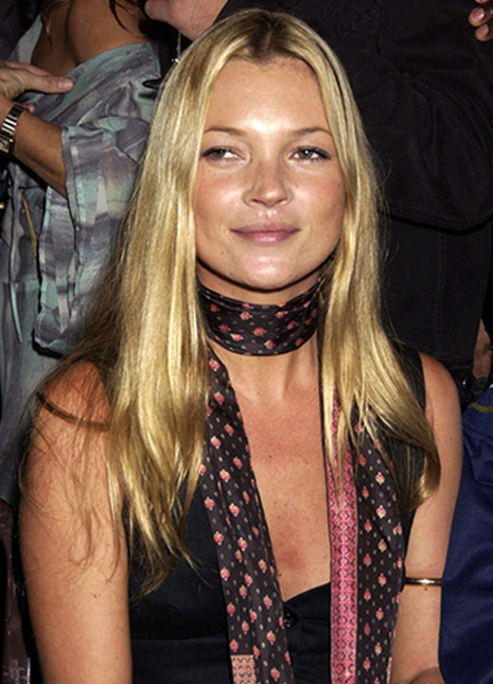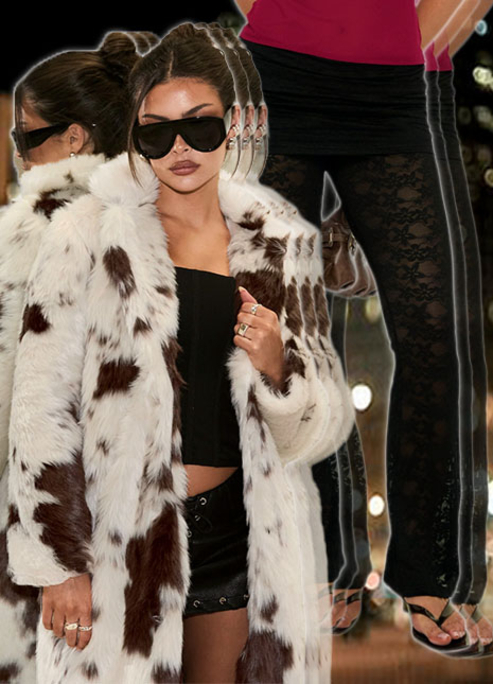
Fashion And Literature: A Creative Climax
lessons to learn From the most stylish literate figures.
Fashion is a profound form of expression, influencing and reflecting societal values, personal beliefs, and cultural shifts. Through the ages, many literary icons have explored the multifaceted nature of fashion, weaving it into their works to convey deeper meanings. This article delves into the sartorial insights of six renowned writers—Oscar Wilde, Virginia Woolf, Truman Capote, F. Scott Fitzgerald, Joan Didion, and Colette. Each of them offers a unique perspective on how fashion transcends mere aesthetics to become a powerful tool of identity and statement. By examining their views and lessons, we uncover timeless wisdom on the art of dressing with intention and flair.
Oscar Wilde
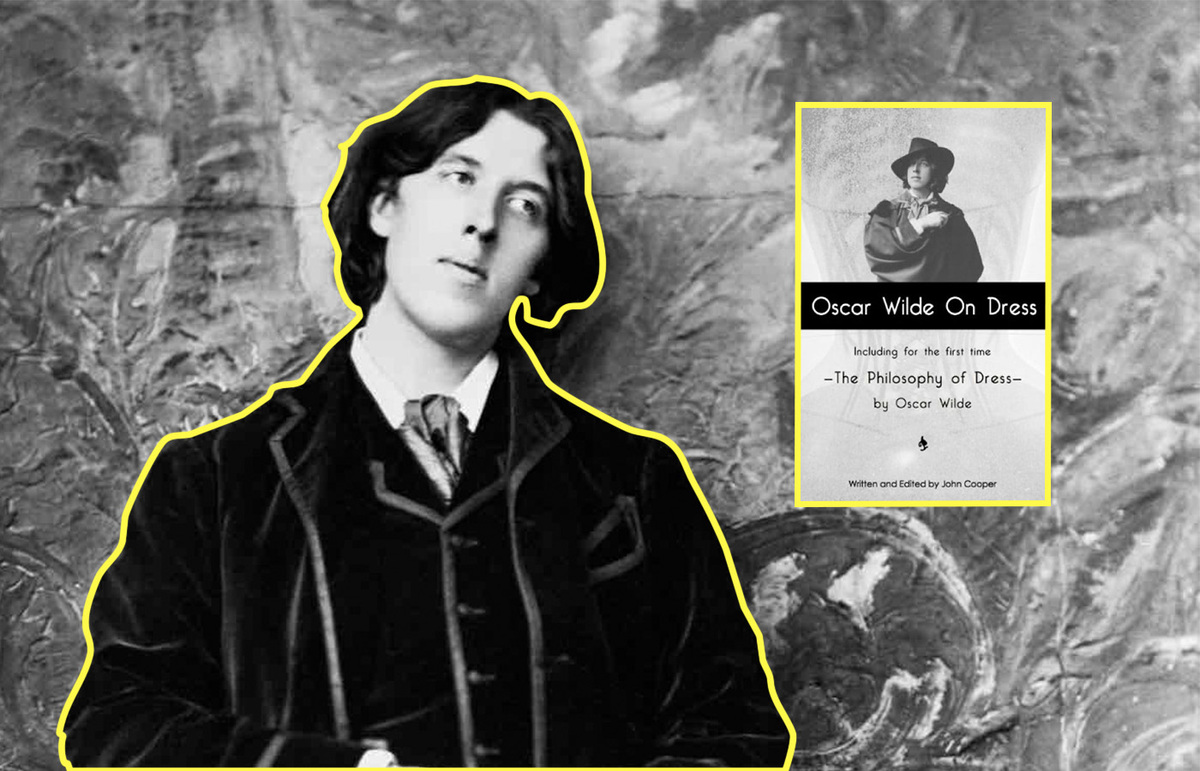
Confidently wrapped in satin, Oscar Wilde, a self-proclaimed dandy, was known for his flamboyant style and wit. His fashion choices were not just a personal preference but a statement of his artistic and intellectual beliefs.
His writing about fashion is phenomenal.
Oscar Wilde's The Philosophy of Dress ( an essay. that appeared in The New York Tribune in 1885.) is overflowing with " the Victorian aesthetic" He quoted ", If one is to behave badly, it is better to be bad in a becoming dress."
The Lesson: Oscar Wilde's fashion choices and writings teach us that fashion is not just about looking good, but also about making a statement. Putting on a fresh cotton shirt, 'borrowed' from your boyfriend, and pairing it with heels, can be the ultimate defence, a way to express your individuality and defiance.
Virginia Wolf
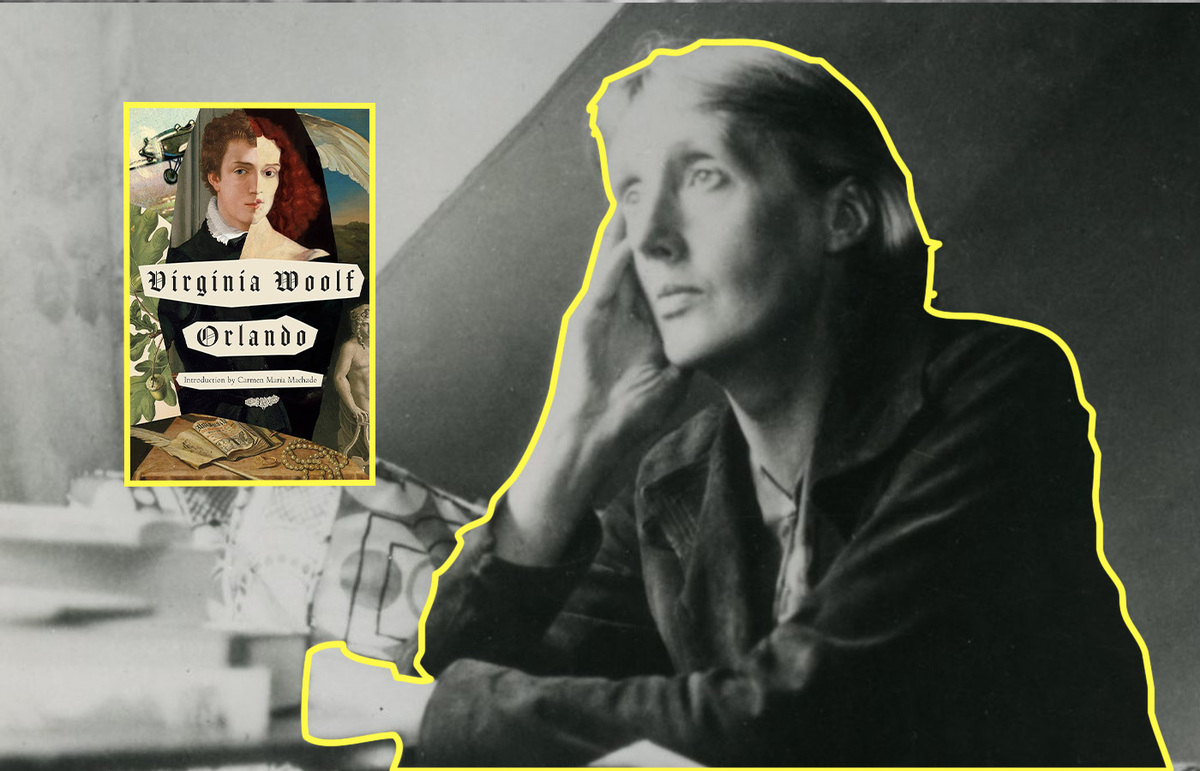
Virginia's work focused on politics, feminism, gender, and social and other social conventions. In her novel Orlando: A Biography, about a poet who changes gender from man to woman, she briefly opines on clothes.
"Clothes have more important offices than merely to keep us warm; they change our view of the world and the world's view of us."
The lesson: Clothes are more than just a function; they are fashion, a form of art, expression, love, hate, and more. They can be taken seriously as a subject in an academic field.
Truman Capote
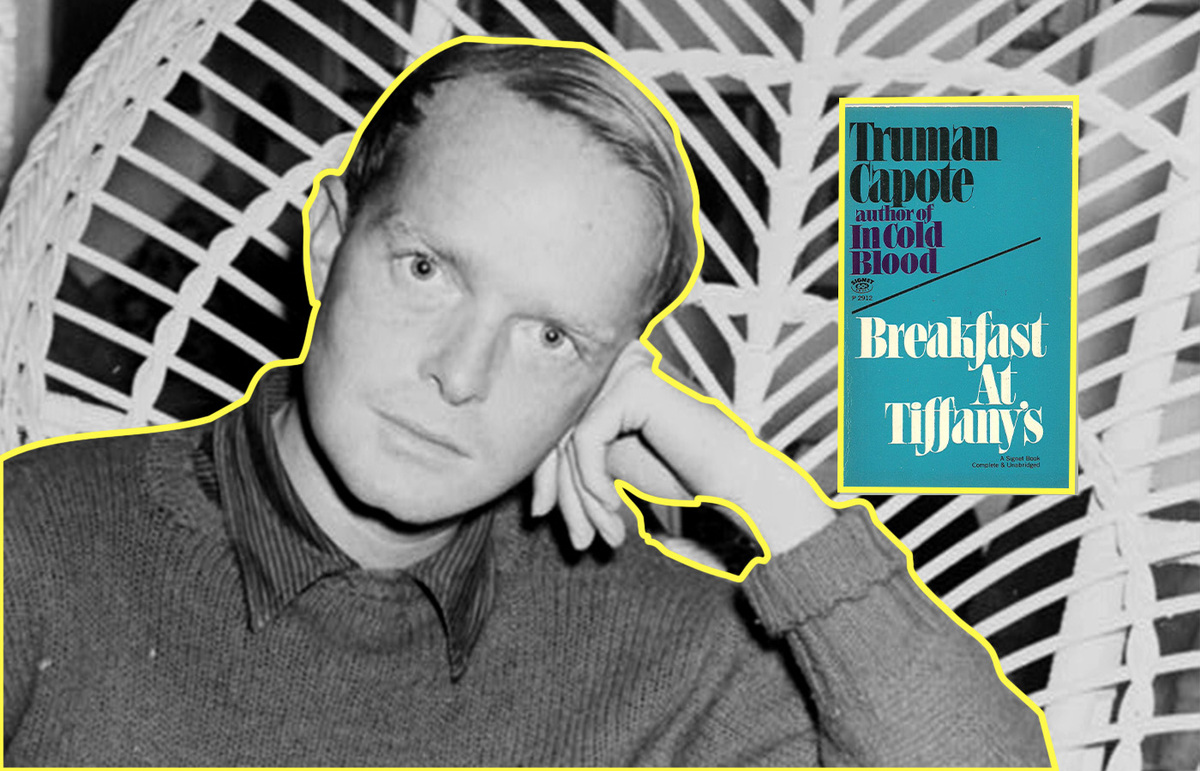
You know, for the witty, stylish book Breakfast at Tiffany's—yes, kids, it's a book—shocker.
Capote devoured gossip, labelling his closet friends " swans" due to their elegance. His books were a tool for understanding high society.
His one line in Breakfast at Tiffany's explains the type of writer this man was.
I am sure I'll remember the text for you. Sure, I'll remember the text for you.: "It was a warm evening, nearly summer, and she wore a slim, cool black dress, black sandals, and a pearl choker. For all her chic thinness, she had an almost breakfast-cereal air of health, a soap and lemon cleanness, a rough pink darkening in the cheeks."
The Lesson: Fashion or descriptions of fashion can exist in literature without being so pompous, and of course, the little black dress by Hubert de Givenchy is timeless; just remember the pearls!
F Scott Fitzgerald
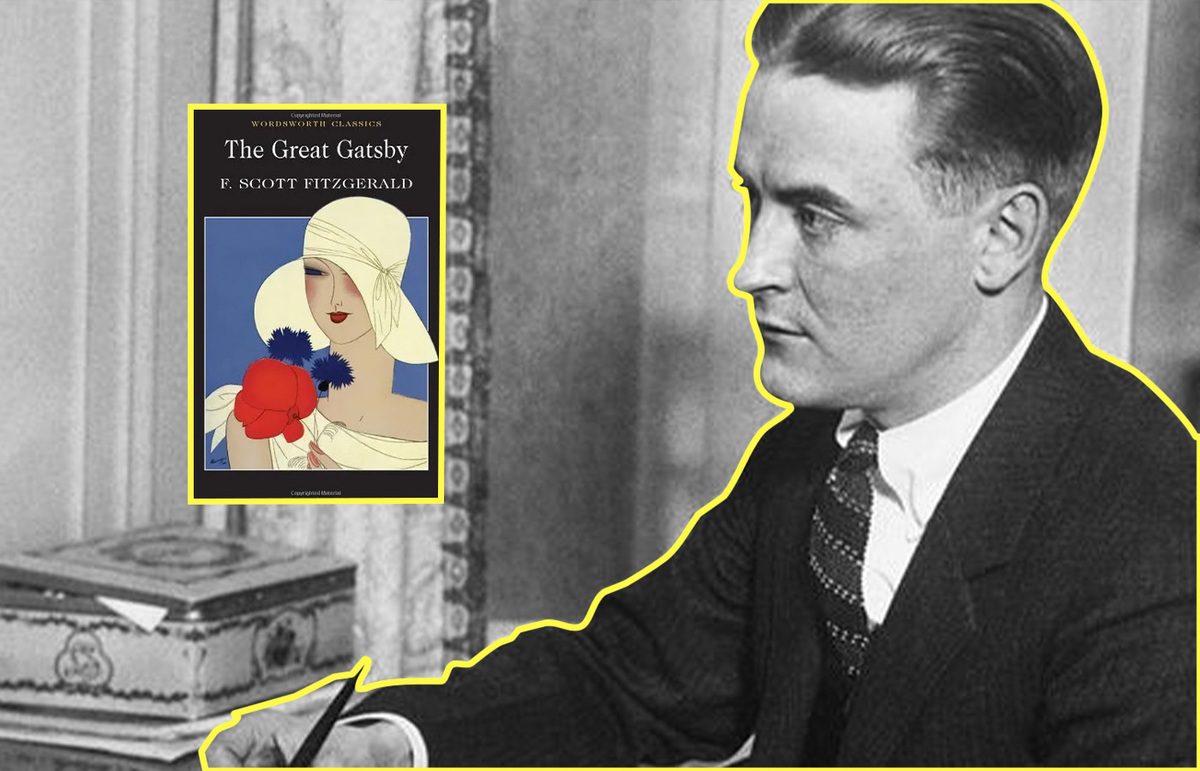
His work, which embodied utter 1920s sparkle, caviar, intoxicating oud, and diamonds, worn daily. F Scott Fitzgerald was descriptive, as was Jay Gatsby in his "gorgeous pink rag of a suit."
His quote is, "Better to wear a becoming dress three times straight than to alternate it with two frights."
The Lesson: Wear your stylish dress three times or more; it's more elegant than trying to change and clash.
Joan Didion
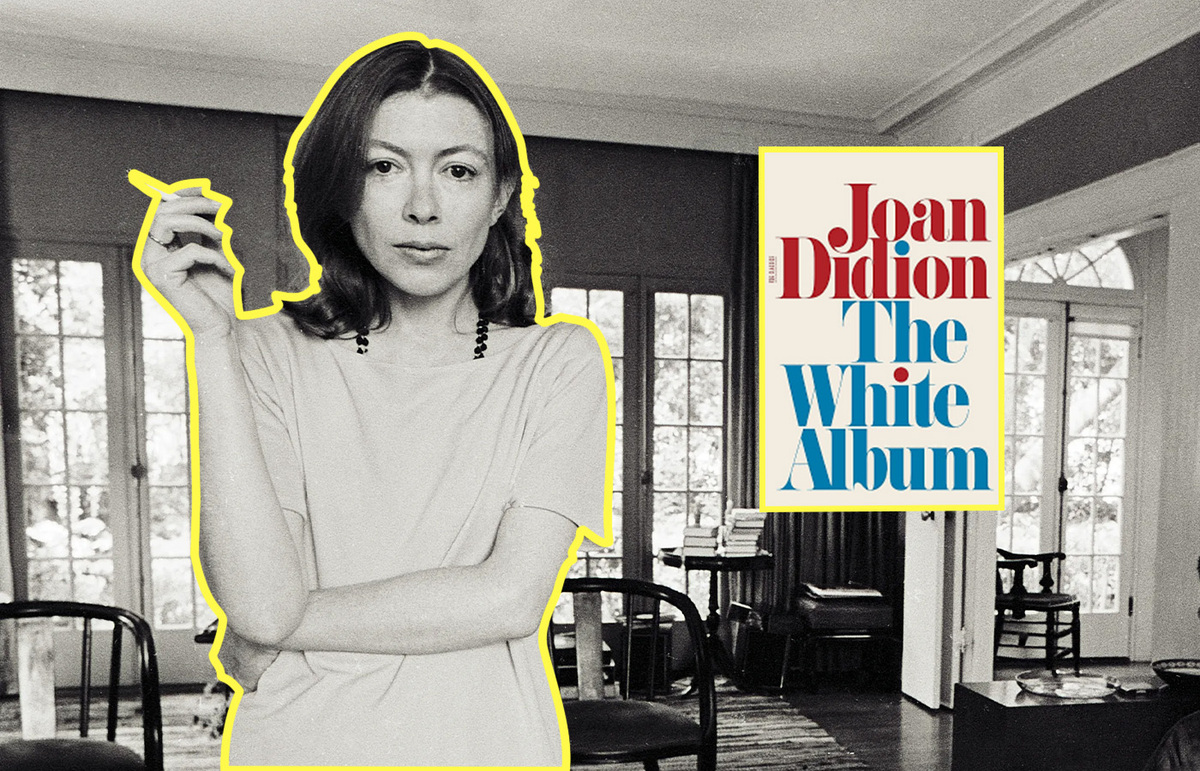
A former Celine model, Joan drew up a draft of her essential items while working as a full-time journalist, which later became a book, The White Album.
""TO PACK AND WEAR: 2 skirts, 2 jerseys or leotards, 1 pullover sweater, 2 pair shoes, stockings, bra, nightgown, robe, slippers, cigarettes, bourbon, bag with shampoo, toothbrush and paste, Basis soap, razor, deodorant, aspirin, prescriptions, Tampax, face cream, powder, baby oil. TO CARRY: mohair throw, typewriter, 2 legal pads and pens, files, house key.""
The lesson: Reading this list, it seems still routed into today's realities. Whether we are influencers or not, we all have necessities.
The list is also a practical chic little guide; skirts and over-with heels are classic. This also holds true for the beauty items packed; her face creams and prescriptions are a daily must, with the added lipgloss.
Colette
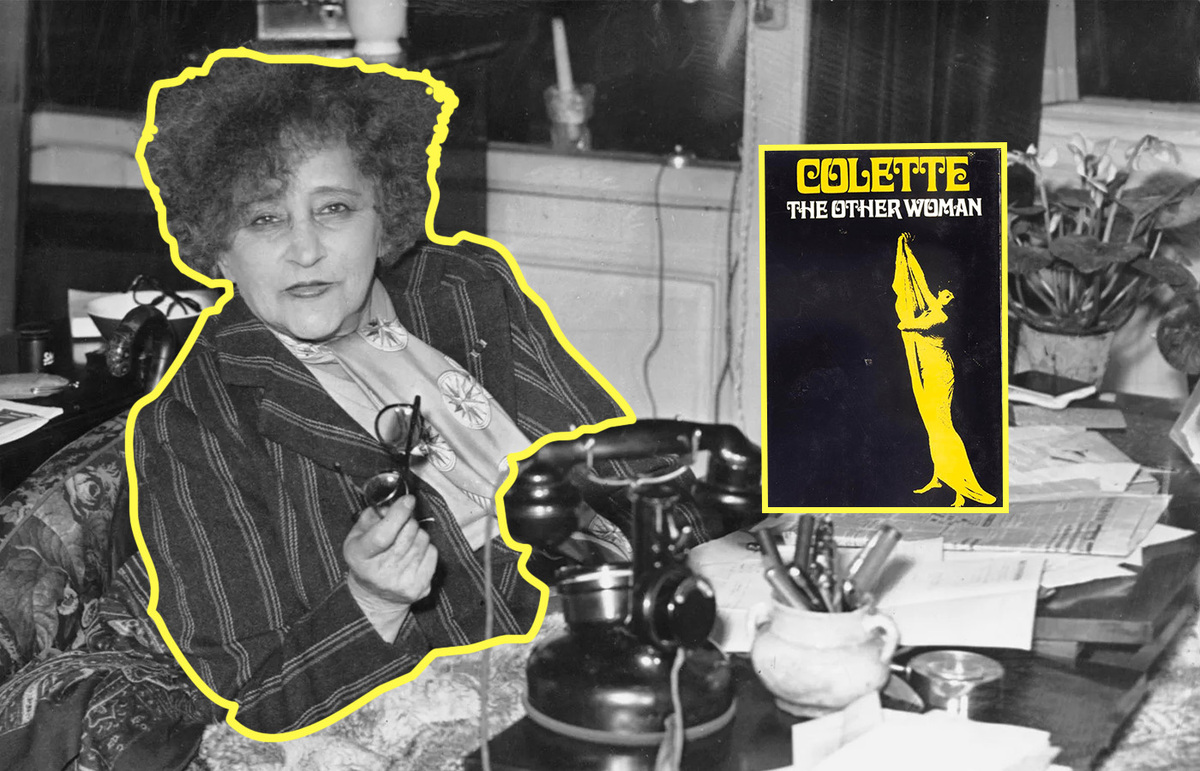
A French writer who became a phenomenon in the feminism space with her books Love, struggle and sex with her descriptions of an ""eel-like Pierrot"" in a ""smock with vast sleeves""
The lesson: it's one we can all take to feel and look stylish regardless of class or gender. Fashion has no rules.
Up Next, Marketing: A Fun Fashion Explanation



